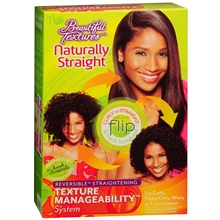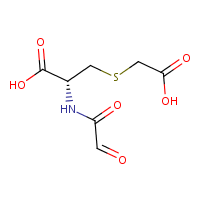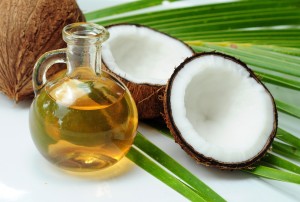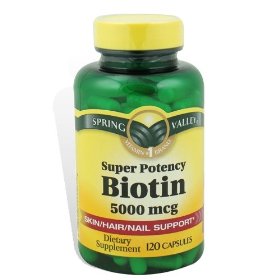Texture Manageability or Texture Management or Texture Smoothing Systems are the latest hair straightening products now being marketed to women with highly textured hair. There has been an explosion on the market but most don’t understand how they work and what exactly they are used for.

What are Texture Manageability Systems?
These consist of a 2 or 3 step hair modification system that is used to straighten hair in a semi-permanent fashion. In essence, they are similar to Brazilian Keratin Treatments, BUT they don’t last as long. The systems usually include a dual chelating and clarifying shampoo and a treatment product. Some include a deep conditioner which is used before the treatment product.
Here’s a reminder of how Brazilian Keratin treatments work:
http://askthehairdoc.com/january-qom-is-brazilian-keratin-treatment-safe/
So how do they work?
The active ingredient in Texture Manageability Systems used to straighten the hair is glyoxyolol carbocysteine, also called oxoacetamide carbocysteine. This reacts with the side chains of the keratin molecule in a similar fashion to what formaldehyde does in Keratin Treatments.
Below is the molecular representation of the active ingredient:

It does produce some amount of formaldehyde but apparently at a much lower concentration than regular Brazilian Keratin Treatments. Of course, the levels of formaldehyde would be of importance considering the controversy of mislabeled “formaldehyde-free” Keratin Treatments were being found to actually have some other aldehyde at high concentrations. I was able to find one study that compared a typical Brazilian Keratin Treatment to a typical Texture Management System. The results showed that there was significantly lower amounts of formaldehyde and aldehyde released, which is great for both the hair stylist and the client. See the study here:
What’s the Procedure?

The same thing is done as with the regular formaldehyde containing Brazilian Keratin Treatment:
- Wash hair with stripping, chelating and clarifying shampoo.
- Towel dry hair
- Apply treatment product in small sections throughout the hair
- Allow product to set in the hair for 20 minutes
- Blow-dry hair, then flatiron at ~230 deg C
- Maintain style using sulphate free products, usually included in the kit.
The Verdict?
There are many Texture Manageability Systems that are now available on the market. Most are marketed for at-home use. These include systems from African Pride, Dark & Lovely, Beautiful Textures and ORS. The only in-salon product I’ve come across is the Avlon Texture Release. There are lots of persons in hair forums and Youtube who have described their experiences with the system.
I, myself, have tried it. I didn’t necessarily want my hair to stay straight for weeks so I didn’t follow up with the maintenance products. I had however gone to a hairdresser, which in my opinion should be the best way to apply these products, as people can inadvertently damage their hair since it requires a lot of manipulation with the blow dryer and flatiron. I was quite pleased that my hair did not revert within 2 hours of straightening and it washed it out really well thereafter. This was my hair after the procedure:

One positive is that it can be used on both natural as well as hair that is relaxed or transitioning. Another positive is that it can be done within a relatively short period of time compared to older Keratin Treatments. There is definitely no offensive formaldehyde smell when it is activated through heat, and I believe that it may very well be less of a problem than traditional Keratin Treatments.
It unfortunately needs to be maintained like a relaxer in the sense that you have to re-do it every 6-8 weeks. Most are sold as kits, and so if you don’t know that there are other sulphate free shampoos and conditioners that you can use to help maintain the style, you will end up buying several kits to get the maintenance products. This is a serious disadvantage if you have long hair like mine. Just like the Keratin Treatments, your hair should not be dyed on the same day you do the original treatment.
Here’s another blogger’s perspective:
http://www.thenaturalhavenbloom.com/2014/06/beautiful-textures-texture-manageablity.html
Have you tried it as yet? What do you think about it?

